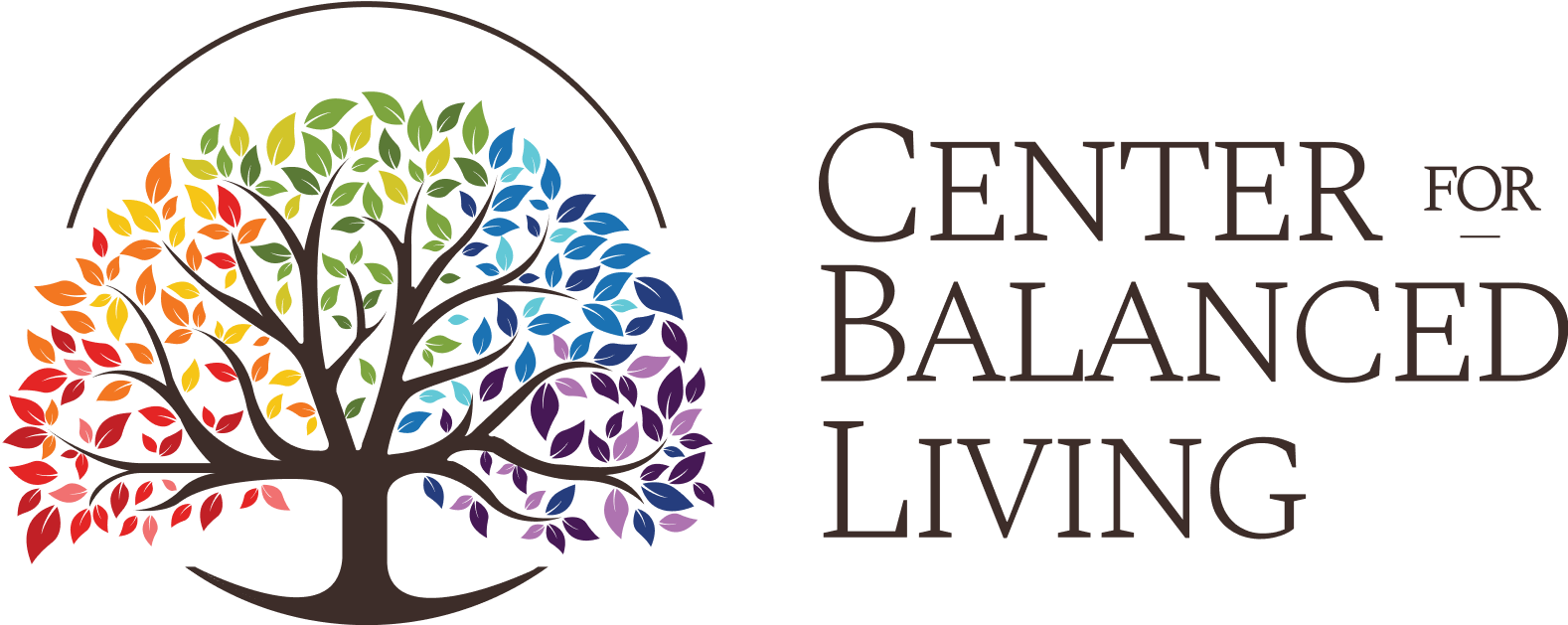September is Suicide Prevention Awareness Month, a reminder that suicide is a public health issue with profound personal impact. In the United States, suicide is among the leading causes of death, yet it is also highly preventable with timely support and evidence-based care (CDC, 2023). Understanding how depressive symptoms present, and what treatments are most effective, empowers both professionals and communities to respond with compassion and effectiveness.

Variations in Depressive Symptoms and Suicide Risk
Depression does not look the same for everyone. While sadness is often recognized, research shows that suicide risk can be associated with diverse symptom patterns:
- Classic depressive symptoms: Persistent sadness, hopelessness, and anhedonia (loss of pleasure).
- Agitated or irritable depression: Restlessness, anger, or irritability, which are sometimes overlooked as risk factors (Fawcett, 2012).
- Somatic presentations: Sleep disturbances, appetite changes, or physical complaints without clear medical cause.
- Sudden mood shifts: A sharp lift in mood after intense despair can signal increased risk if it coincides with planning or intent.
Awareness of symptoms is crucial for early intervention and effective management of health conditions. Understanding how symptoms present—whether subtle or pronounced—can empower individuals to seek timely medical advice. By recognizing the warning signs, anyone can take proactive steps toward better health outcomes.
Common symptoms often include changes in appetite, mood swings, unexpected fatigue, or persistent pain. Ignoring such signs may lead to delayed diagnosis or complications. Building symptom awareness involves educating oneself about both general and specific symptoms associated with various diseases and conditions.
- Unexplained weight loss or gain
- Continuous headaches or dizziness
- Shortness of breath
- Persistent cough
- Sudden changes in vision or hearing
- Ongoing fatigue or weakness
To improve symptom awareness, monitor changes in your physical and emotional state. Keep a symptom diary if necessary, noting frequency and severity. This record can be invaluable when consulting healthcare professionals, enhancing your ability to communicate concerns clearly and efficiently.

Recognizing these variations matters. Individuals at risk may not always appear withdrawn or sad. They could present as irritable, physically unwell, or even calm after making a decision to attempt.
Evidence-Based Clinical Treatments for Suicide Risk

Cognitive Behavioral Therapy for Suicide Prevention (CBT-SP)
CBT-SP is a structured intervention targeting suicidal thoughts directly. It teaches individuals to identify and reframe hopeless or catastrophic thinking. Randomized controlled trials show CBT-SP reduces repeat suicide attempts in adolescents and adults (Stanley et al., 2009).
Dialectical Behavior Therapy (DBT)
DBT was originally developed for borderline personality disorder but is widely used for chronic suicidality and self-harm. It focuses on emotion regulation, distress tolerance, and interpersonal effectiveness. Large-scale studies confirm DBT significantly lowers suicide attempts and hospitalizations (Linehan et al., 2006).
Collaborative Assessment and Management of Suicidality (CAMS)
CAMS emphasizes a collaborative stance between clinician and patient, focusing on the drivers of suicidal suffering. Evidence suggests CAMS reduces suicidal ideation and improves engagement in treatment (Jobes et al., 2017).
Applying the CAMS Process for Effective Problem Solving
The CAMS process—an acronym for Comprehend, Analyze, Model, and Solve—offers a structured method for tackling complex problems. By following these steps, individuals and teams can break down issues, create actionable plans, and reach effective solutions efficiently.
Let's explore practical ways to use the CAMS process as a reliable problem-solving framework in various context, from business challenges to everyday decision-making.
- Comprehend: Start by thoroughly understanding the problem. Gather all relevant information, clarify objectives, and identify key constraints to define the issue clearly.
- Analyze: Examine available data, identify patterns or root causes, and assess possible factors influencing the problem. Break the problem down into smaller, more manageable parts.
- Model: Develop models or simulations—these can be diagrams, flowcharts, or hypothetical scenarios—to visualize options and predict outcomes.
- Solve: Implement solutions based on insights from the previous steps. Monitor results, make adjustments as necessary, and reflect on what worked for continuous improvement.
By applying the CAMS process, teams foster a logical and data-driven approach. This not only streamlines decision-making but also increases the likelihood of successful outcomes.
Pharmacological treatments
- Antidepressants such as SSRIs and SNRIs can reduce depressive symptoms, though monitoring is essential especially early in treatment.
- Lithium has demonstrated robust anti-suicidal properties in mood disorders (Cipriani et al., 2013).
- Ketamine and esketamine are emerging options with rapid reduction in suicidal ideation, though long-term data remain limited.

Warning Signs and Community-Level Action
While clinical care is essential, suicide prevention also happens in communities. Warning signs include:
- Expressing hopelessness or feeling like a burden
- Withdrawal from loved ones
- Changes in sleep, appetite, or energy
- Giving away possessions or saying goodbye
- Increased risk-taking behaviors
Getting involved in your community is a fantastic way to meet new people, develop new skills, and make a positive impact. Whether you're looking for a small commitment or something more substantial, there are countless opportunities to contribute and connect.
- Volunteer for local charities or nonprofit organizations
- Attend town hall meetings to stay informed and voice your opinions
- Join community clubs, groups, or sports teams
- Support neighborhood clean-up initiatives
- Participate in local events and festivals
- Mentor or tutor students in your area
- Help out at animal shelters or food banks
Responding does not require a professional license. It begins with noticing, listening, and guiding someone toward resources.
No matter your interests or availability, there's always a way to participate and make your community stronger. Even small actions, like lending a hand to neighbors or supporting local businesses, can have a lasting impact and help you build meaningful connections.

Closing Reflections
Suicide risk emerges from a complex interaction of biological, psychological, and social factors. Depressive symptoms can present in many forms, and effective clinical treatments such as CBT, DBT, CAMS, and medication have demonstrated ability to reduce suffering and save lives.
Awareness alone is not enough. Action, connection, and access to care are critical. By learning to recognize signs and knowing what treatments help, we move closer to building communities where recovery and hope are always possible.
Resources
- 988 Suicide and Crisis Lifeline: Dial 988
- Crisis Text Line: Text HOME to 741741
- Delaware Helpline: 1-800-652-2929
- NIMH Suicide Prevention Resources: https://www.nimh.nih.gov




